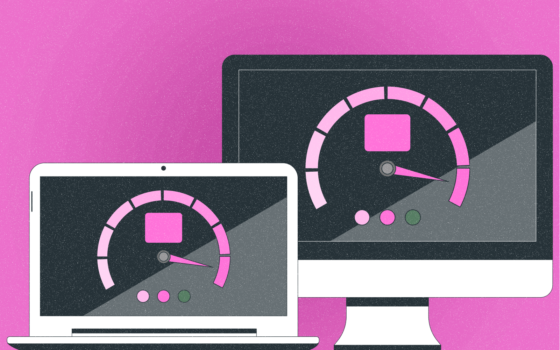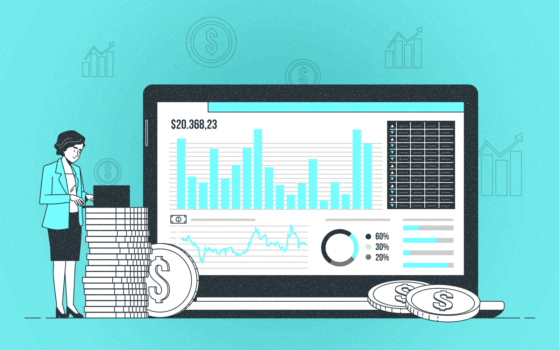
As entire groups move from offices to remote workstations in the midst of the COVID-19 crisis, maintaining continuity in best security practices cannot be overlooked.
Protecting sensitive data when you and your colleagues no longer use the same network to access it requires vigilance and teamwork. But home network protection – which can be implemented by anyone, not just experts – can support your commitment to protecting that data at all times.
Calder7, Relativity’s security team, has compiled a list of these tactics to help members of our community build a fortress around their most sensitive data, even when they are accessed by huge numbers of employees.
Setting up your devices
The tools you use to access sensitive data must be carefully maintained. This includes documenting which devices you use to work, updating all software with the latest security features and following basic best practices around concepts such as password hygiene and the use of biometrics where possible.
Any device connected to the Internet is vulnerable to attack by cybercriminals. Do not make these attacks easier by taking a relaxed approach to device security. Working in physical isolation does not make your devices more secure. If one of your devices can be compromised, be sure to check twice or even three times that it is clean before reconnecting it to the Internet. Run a few scans and ask for help to ensure that the best protection is in place.
Configure your network
In the office, your company’s IT team is expert in creating a secure network and ensuring that it remains as impenetrable as possible. At home, this task falls on you.
Precautions in this area can be extremely simple (for example, if you give your Wi-Fi network a name and password is not the default, or make sure that your router has the correct encryption protocol). The measures can also be more complicated – for example, you can set up your work devices to connect to another network, unlike other devices or Internet devices of things you have at home. Your wireless network can also be configured to allow only authorized access to your home Internet in general. And you may have to consider using a VPN.
Tune up your behavior
Having given up the habit of going to the office every day and feeling comfortable in the home environment, you may find that you stop working with the installation for security. Beware of this complacency. It can be dangerous.
Be vigilant about blocking your devices, be careful when surfing the Internet and browsing through links, as well as when accessing business data with your personal devices while working from home. Without your IT team’s secure network, your daily Internet surfing requires more caution than ever.
Don’t stand aside.
In addition to working with security, you must not allow your physical isolation to separate you from the resources available to your company. Right now you can feel that we have built walls – “a deep and mighty fortress”. Instead, I encourage us to keep in touch with your teams’ IT and security experts. You should also alert these teams immediately if you believe your data or devices have been compromised. Time is of the essence when it comes to preventing or resolving a potential breach.
Preventive measure
I recently had a lively conversation about this topic and what the first steps you should take to secure your home network when you are working remotely during and after the current crisis.
Here are some of the main questions that I received, as well as their answers:
- Do I have to configure my router if I rent it from my ISP, or can I assume that they implement these security methods for me?
I would not assume that anyone else is doing this on your behalf, even if your equipment is rented from your internet service provider. It will be convenient for you to adjust these settings yourself (although you may have to revise your contract to make sure it meets your rental terms).
- Do you recommend using a password management tool?
– Absolutely; I use one of them myself. This can be a secure way not only to prevent your passwords from being forgotten, but also to create more secure passwords for the various websites you visit.
- How can I ensure that the other members of my family follow these precautions?
– It may not be easy to tell everyone in your home that you are changing your Wi-Fi password (again), or that some devices are configured not to communicate with each other. But spreading information about why these steps are a more sensible way of working can help.
Conclusion
You can also hear a lot of news about security and privacy issues associated with using Zoom, a popular video conferencing software. We are vigilant about using the latest version of the application, as well as applying additional security controls that help protect our customers, employees and company from cyber threats.


